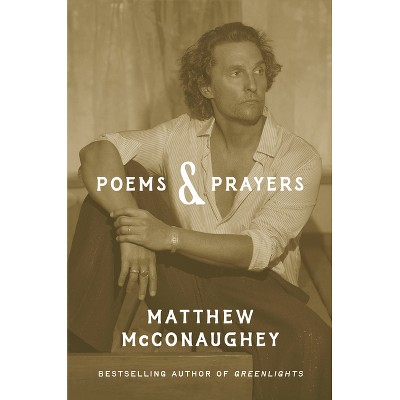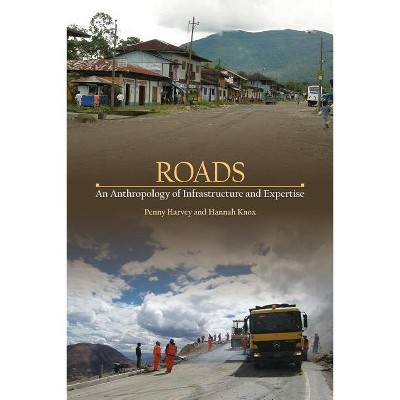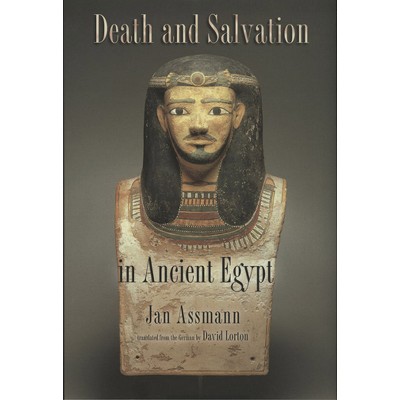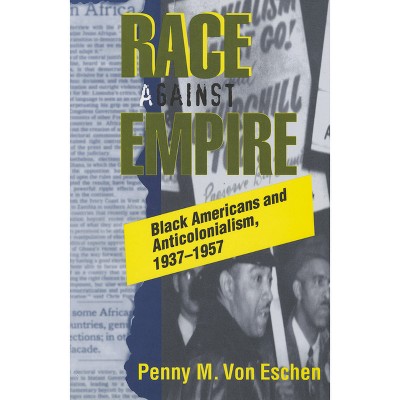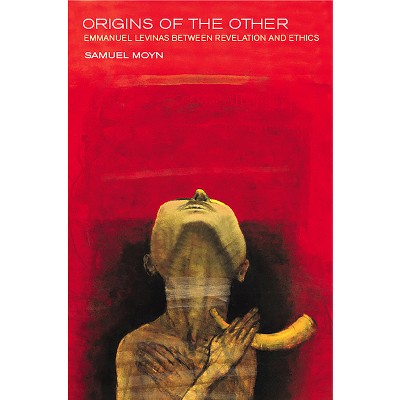Sponsored

Making the Bible Modern - Abridged by Penny Schine Gold (Hardcover)
In Stock
Sponsored
About this item
Highlights
- The Bible has played a critical role in the story of Judaism, modernity, and identity.
- About the Author: Penny Schine Gold is Professor of History at Knox College.
- 288 Pages
- History, Jewish
Description
About the Book
The Bible has played a critical role in the story of Judaism, modernity, and identity. Penny Schine Gold examines the arena of children's education and the role of the Bible in the reshaping of Jewish identity, especially in the United States in the...
Book Synopsis
The Bible has played a critical role in the story of Judaism, modernity, and identity. Penny Schine Gold examines the arena of children's education and the role of the Bible in the reshaping of Jewish identity, especially in the United States in the 1920s and 1930s, when a second generation of Eastern European Jews engaged the task of Americanizing Jewish culture, religion, and institutions. Professional Jewish educators based in the Reform movement undertook a multifaceted agenda for the Bible in America: to modernize it, harmonize it with American values, and move it to the center of the religious school curriculum. Through public schooling, the children of Jewish immigrants brought America home; it was up to the adults to fashion a Judaism that their children could take back out into America. Because of its historic role in the development of Judaism and its cultural significance in American life, Gold finds, the Bible provided Jews with vital links to both the past and the present. The ancient sacred text of the Bible, transformed into highly abridged and amended "Bible tales," was brought into service as a bridge between tradition and modernity.Gold analyzes these American developments with reference to the intellectual history of eighteenth- and nineteenth-century Europe, innovations in public schooling and social theory, Protestant religious education, and later versions of children's Bibles in the United States and Israel. She shows that these seemingly simple children's books are complex markers of the pressing concerns of Jews in the modern world.
Review Quotes
'Why was the Bible elevated over the Talmud as the central text of Jewish education?' Gold asks. She writes that while the Bible 'was seen as consonant with modern sensibilities' in the interwar period, the Jewish-specific Talmud was jettisoned to make room for a new cultural setting. Moreover, she argues that the advent of 'Bible stories' for Jewish children in the 1920s and 1930s--stories that often only superficially resembled the original biblical talesTells us a great deal about the changes that second-generation Jews were facing. Gold focuses on the Reform movement's broad attempts to fashion Bible stories that would teach children to be both Jewish and American, and her exegesis of the cultural messages of some of the retooled Bible stories is the most compelling part of this absorbing book.
-- "Publishers Weekly"Gold has written a stimulating and original book that should be of interest to a wide audience. She sets her specific topic--children's Bibles produced int eh United States by Reform Jewish educators in the 1920s and 1930s--with an extended context that covers issues such as the place of the Bible within Judaism, the challenge of modernity to traditional faith, and various pedagogical approaches and their application.... Gold allows the material and its creators to speak for themselves.... This is a desirable acquisition for most public and academic libraries.
-- "Choice"In her thoughtful and thorough book, ...Penny Schine Gold explores how American Jews strove to adapt ancient Judaism to their new, modern democratic society.
--Rabbi Debra Pine "History of Education Quarterly"About the Author
Penny Schine Gold is Professor of History at Knox College. She is coauthor of The Chicago Guide to Your Academic Career: A Portable Mentor for Scholars from Graduate School through Tenure, author of The Lady and the Virgin: Image, Attitude, and Experience in Twelfth-Century France, and coeditor of Cultural Visions: Essays in the History of Culture.



